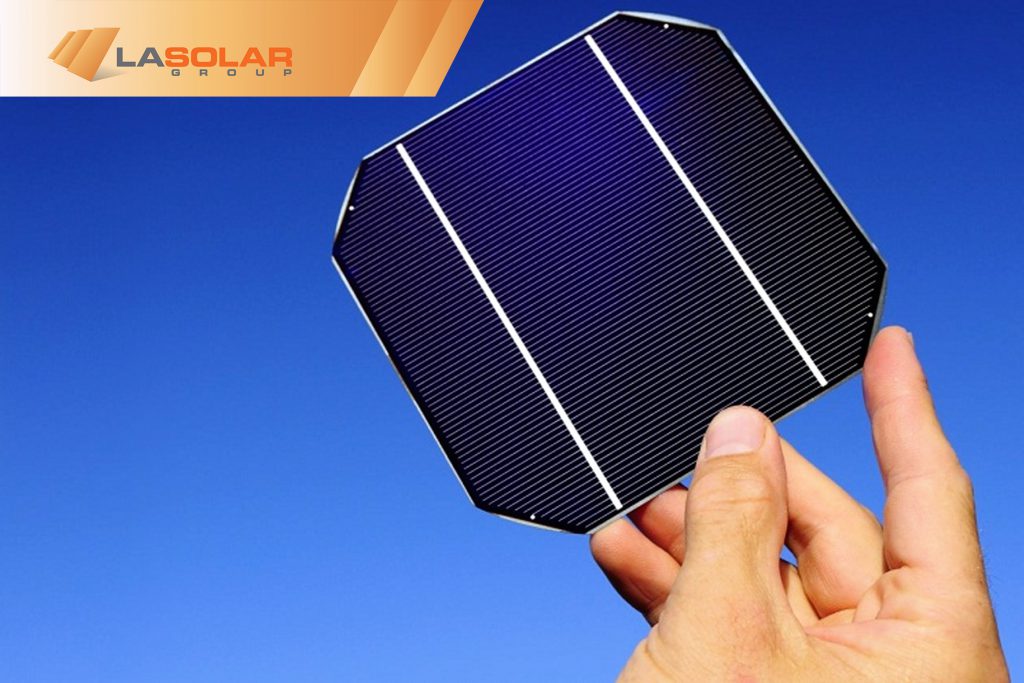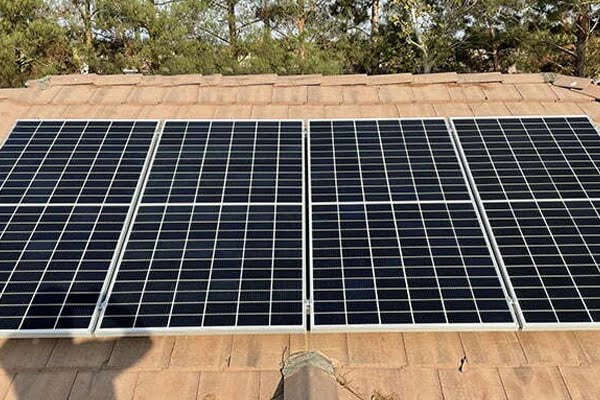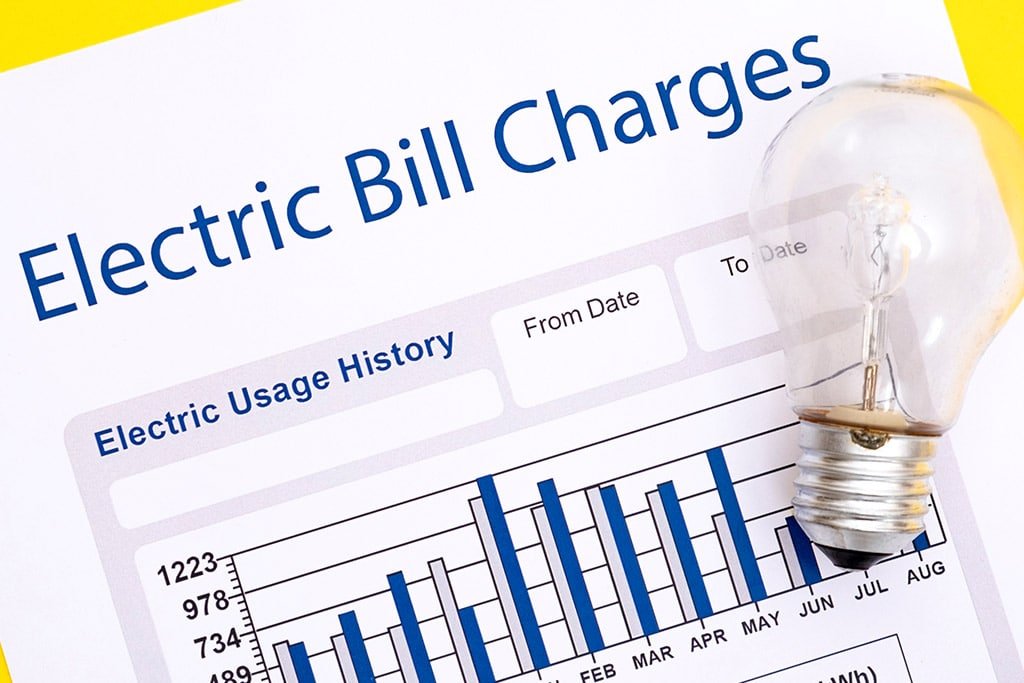Since 2011, solar has become real estate’s hottest commodity. More and more home and business owners see how the trend in going solar has gained attention and demand in the energy sector. What has resulted is a big boom in competition between solar manufactures, solar contractors, and solar financial and leasing institutions.
This blog will discuss how Solar manufacturers compete to stay ahead of the curve key factors you should consider when choosing the solar panel for your system. Understanding these factors will help provide you with a clear understanding for choosing the right product and predicting your cost-savings.
THE INGREDIENT
Today’s solar industry manufactures produce what’s called a photovoltaic cell. With a combination of silicon, quartz, boron, and copper, the cell can convert light into electricity. Include a sophisticated wiring, the electricity can be collected and distributed.
THE SIZE
The amount of photovoltaic cells on a single solar panel (Module) dictates the panel’s size. Despite such a wide variety of solar panels available, the most popular contain either 60 or 72 cells in each solar panel.
THE POWER
Manufactures design solar panels that vary in power that’s translated in Wattage. Wattage is the sum of how much electricity the panel can generate. For example, a 300 Watt panel is capable of producing that more electricity than a 250 Watt panel.
THE PRODUCTIVITY
Solar panels will vary in its production due to the sun’s orientation in the sky. The seasons do effect how much electric production a panel will generate. Hence, productivity is determined by the time of the year and how high and how long the sun shines in the sky. Soiling is another component that will determine a panel’s performance. Soiling happens when pollution, dust, dirt, collect on top of the panel over a long period of time. What’s great is that panels are 100% water proof so a rainy day or a hose down will improve its energy production.
THE EFFICIENCY
The performance of the solar panel is its efficiency. It’s the horsepower to an automobile’s engine. So, the more efficient a solar panel is the more electricity it will produce from the sun. How’s this factor determined? It’s rating system that every panel has. For example, Sunpower carries the most efficient solar panels in the world ranging from 20% to 22% compared to other panels and have a 15% efficiency. The higher the efficiency the more strength to capture solar energy despite obstacles such as clouds, trees, shade, weather, angle of the sun, location of the panel to the sun.
THE WEAR-N-TEAR
Manufactures know that the design of the panels are not meant to last forever. Every photovoltaic panel in the market has a degradation factor meaning that over time the panel will eventually loose its efficiency and production. Although a panel at year 10 will not produce at the same amount of electricity at year 1, manufactures provide customers a guaranteed production based on how much a panel degrades over time. For example, a panel that degrades .07% per year and produced 10,000 kW/h in the first year, it will produce 7000 kW/h at year 10.





